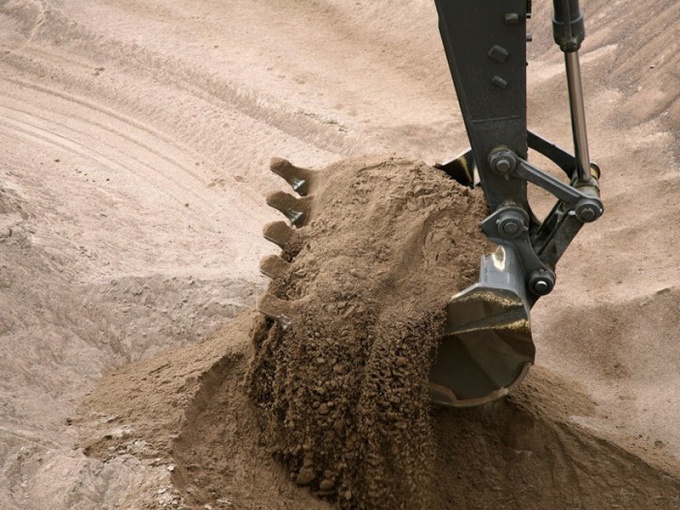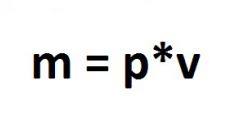You will need
- - the density of the sand.
Instruction
1
First define the density of the sand. The relationship of mass and volume of a material is expressed through the figure. Each substance has its own density and it is constant. This characteristic is measured in kilograms per cubic meter. To define it, using physical directory, which contains the relevant tables. The density of the natural sand is 1,300 kg/m3. Worth noting that along with the humidity increases the density of the sand will also increase. For calculations take the following values: the density of wet sand 1500 kg/m3, the density of wet sand with admixtures of clay 1800 kg/m3.
2
Calculate the mass of sand. The formula connecting the volume and weight is as follows:
m = V∙R,
where m – mass; V – volume; R - the density.
As can be seen from the above relation, in order to find the mass of matter, knowing its volume, multiply the value of this volume by the density of the substance. The magnitude of V is known number of cubes.
m = V∙R,
where m – mass; V – volume; R - the density.
As can be seen from the above relation, in order to find the mass of matter, knowing its volume, multiply the value of this volume by the density of the substance. The magnitude of V is known number of cubes.
3
Translate the obtained value of the mass from kilograms to tonnes. The table value of the density has the dimension kg/m3. Accordingly, the estimated value will display the mass of sand in kilograms. In order to convert this value to tons, you must know that 1 ton is 1000 kg. Thus, the obtained in the course of calculations, the number should be divided by 1000. The result – the available mass of sand, expressed in tonnes.
4
Let's consider an example. Let there be 12 cubic meters of wet sand. Determine its mass.
1. The density of wet sand R = 1500 kg/m3.
2. The volume of sand V = 12 m3. Its mass is m = 12*1500 = 18000 kg.
3. 18000 kg = 18000/1000 = 18 tons.
1. The density of wet sand R = 1500 kg/m3.
2. The volume of sand V = 12 m3. Its mass is m = 12*1500 = 18000 kg.
3. 18000 kg = 18000/1000 = 18 tons.







